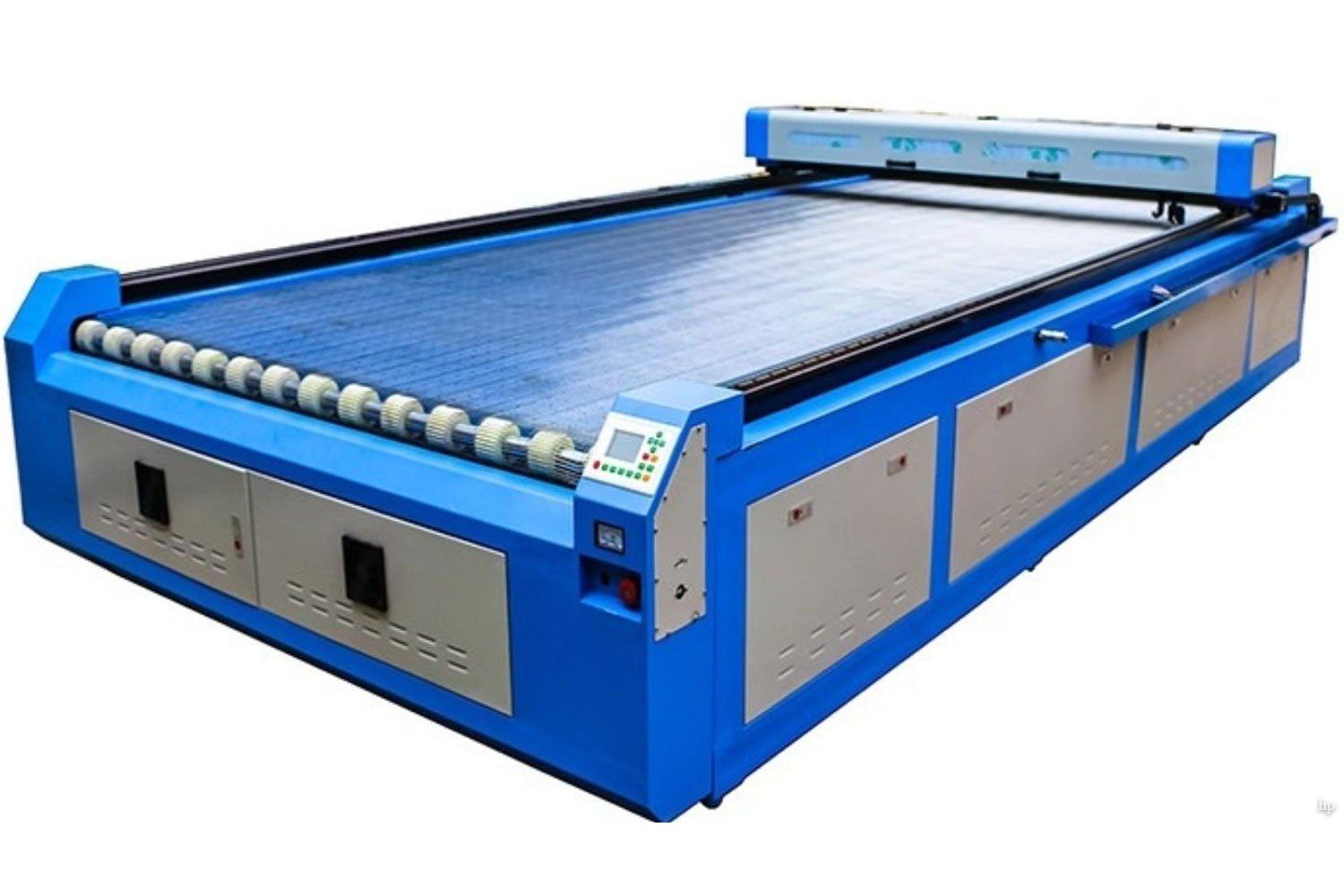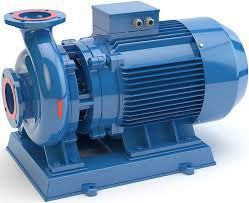The idea behind automatic cutting emerged from the need to handle large-scale textile production efficiently. As apparel, automotive upholstery, home furnishings, and industrial fabric applications grew more complex, manufacturers began seeking ways to standardize cutting quality and reduce human error. This led to the adoption of computer-aided design (CAD) technology, enabling digital pattern creation and direct machine control. Over time, automatic cutting has become an essential step in modern manufacturing, supporting consistent output for both small-batch and high-volume production.

Importance: Why Automatic Cutting Matters Today and the Problems It Solves
Automatic fabric cutting matters because industries now depend on accuracy, speed, and repeatability. As global demand for high-quality textile products increases, businesses need dependable systems that minimize waste and streamline operations.
Key reasons it matters today:
-
Growing reliance on digital pattern workflows
-
Increased need for precision in multi-layer cutting
-
Rising demand for consistent fabric quality
-
Efficiency expectations in global supply chains
-
Higher focus on sustainable material usage
Major problems automatic cutting solves:
-
Material wastage: Automated layouts optimize fabric consumption.
-
Inconsistency: Digital patterns ensure uniform cutting every time.
-
Labor-intensive tasks: Reduces physical strain involved in manual cutting.
-
Time delays: Speeds up production for industries such as apparel, furniture, and automotive interiors.
-
Complex shapes: Handles intricate shapes that are difficult with manual tools.
Automatic cutting systems are used in apparel manufacturing, sportswear production, fashion sampling, upholstery creation, technical textiles, nonwoven products, and industrial fabric processing. Their impact is seen across multiple sectors where accuracy and efficiency are important quality factors.
Recent Updates: Trends and Improvements from the Past Year
The past year saw several updates in automatic cutting technology, driven mainly by innovations in automation, sustainability, and digital integration. These improvements reflect the broader shift toward smarter and more connected textile production systems.
Notable updates during 2024–2025 include:
-
AI-enabled cutting optimization (2024): New software updates introduced algorithms that auto-adjust cutting paths to reduce fabric waste.
-
Energy-efficient motors and drives (2024): Manufacturers added low-power consumption systems to support sustainability goals.
-
Improved multi-fabric compatibility (2025): New models enhanced capability for stretchy, technical, layered, and composite materials.
-
Remote monitoring features (2024): Cloud dashboards allow operators to track machine performance and analyze cutting patterns.
-
CAD–CAM integration expansion (2025): Updated platforms now support more file formats and 3D design compatibility for advanced textiles.
-
Faster blade and laser systems (2024): Increased cutting speeds help with athletic apparel, denim, performance textiles, and upholstery fabrics.
Emerging trend:
Automation is moving toward “smart cutting,” where pattern adjustments, tension control, and layering strategies are guided by machine learning. This trend supports increased productivity without compromising quality.
Laws or Policies: How Regulations Affect Fabric Cutting Technology
Regulations differ across countries, but several common standards influence how automatic cutting machines are used and managed. These rules mainly focus on safety, environmental responsibility, and digital compliance.
Common regulatory considerations:
-
Workplace safety standards:
-
Machines must include emergency stop systems, enclosed cutting zones, and operator protection features.
-
Compliance with occupational safety guidelines such as ISO 13849 or equivalent national standards.
-
-
Environmental regulations:
-
Requirements for energy-efficient equipment and reduced emissions in manufacturing environments.
-
Waste management rules for fabric scraps, especially in countries with strict sustainability policies.
-
-
Electrical and machinery standards:
-
Machines must follow electrical safety rules such as IEC electrical compliance or regional equivalents.
-
Certification requirements for industrial automation equipment.
-
-
Digital data compliance:
-
For systems connected to cloud-based tools, data privacy rules apply depending on the region.
-
These policies ensure that automatic cutting systems operate safely and responsibly in textile production environments. Manufacturers and facility owners typically follow these guidelines to maintain safe workplaces and comply with industry standards.
Tools and Resources: Helpful Platforms, Software, and Digital Support
Several tools help users operate, optimize, and integrate automatic fabric cutting machines more effectively. These resources support digital pattern-making, machine setup, maintenance planning, and workflow improvement.
CAD & Pattern Design Software
-
Gerber AccuMark CAD – widely used for apparel pattern design.
-
Optitex – supports 2D and 3D pattern development.
-
CLO Pattern Software – known for 3D garment visualization.
-
TUKAcad – pattern creation, grading, and marker making.
Workflow and Automation Tools
-
Digital marker-making software – improves fabric utilization.
-
Machine monitoring dashboards – track performance and cutting speed.
-
Cutting path optimization tools – embedded in many automatic cutting systems.
Educational Resources
-
Technical documentation from manufacturers
-
Tutorials on CAD pattern conversion
-
Textile engineering learning platforms
-
Fabric specification guides
Planning Templates & Checklists
-
Pattern preparation checklist
-
Fabric compatibility chart
-
Maintenance schedule template
-
Quality control checklist for cut parts
Comparison Table: Key Types of Automatic Fabric Cutting Technologies
| Cutting Technology | Best For | Precision Level | Suitable Fabrics |
|---|---|---|---|
| Straight Knife Automatic | High-volume apparel | High | Woven, knitted |
| Laser Cutting | Intricate shapes | Very High | Synthetics, technical fabrics |
| Waterjet Cutting | Heat-sensitive fabrics | High | Special materials, composites |
| Rotary Blade Cutting | Multi-layer cutting | Moderate–High | Wovens, industrial fabrics |
| Oscillating Knife Cutting | Thick or multi-layer textiles | High | Upholstery, leather |
FAQs
1. What is the main purpose of an automatic fabric cutting machine?
It is designed to cut fabrics accurately using digital controls, allowing consistent results for apparel, upholstery, and industrial textile production.
2. Which industries use automatic cutting the most?
Industries such as fashion manufacturing, automotive interiors, furniture upholstery, sportswear, and technical textiles rely heavily on automated cutting processes.
3. Can automatic fabric cutting machines work with all types of fabrics?
Most machines support a wide range of fabrics, from lightweight textiles to heavy industrial materials. Fabric compatibility depends on cutting technology—laser, blade, or waterjet.
4. What software is commonly used to run digital patterns?
CAD systems such as Gerber, Optitex, TUKAcad, and CLO are commonly used to create and export digital cutting files.
5. How does digital pattern integration improve cutting accuracy?
It removes manual measurements and ensures each cut follows the exact digitized design, reducing variability and improving repeatability.
Conclusion
Automatic fabric cutting machines have become an essential part of modern textile production by bringing precision, efficiency, and repeatability to the cutting process. Their growth is supported by advances in digital workflows, pattern-making software, energy-efficient motors, and automation tools. As industries continue to adopt smarter manufacturing practices, automatic cutting systems will play an even greater role in improving fabric utilization and maintaining consistent product quality.
With continuous improvements in AI optimization, remote monitoring, and multi-fabric compatibility, these machines now support a wide range of textile applications. Understanding their features, regulatory considerations, and digital tools can help users achieve accurate and dependable cutting results across different production needs.





